Story by Pete Vack
Photos of Selected 8CM Maseratis by Hugues Vanhoolandt
Ernesto, Bindo and Ettore were only half of a remarkable set of six sons born to Rudolfo and Carolina Maserati in Voghera, a small town outside of Piacenza. A seventh son, named Alfieri, was also born but died shortly after birth. The remaining six were all gifted, intelligent and industrious.
Mario Maserati was born in 1890, but unlike his brothers, was never interested in automobiles, and eventually became a painter. Carlo, born in 1881, was fascinated by the new internal combustion engine, and set the stage for his younger brothers. As a young man, Carlo worked for both Fiat and Isotta Fraschini. Carlo died when only thirty, but his interest in things mechanical had passed on to Alfieri, (who was given the same name as the baby who had died earlier). Bindo was born in 1883, Ettore came along in 1894 and Ernesto in 1898.
Alfieri, Ernesto and Ettore established the Societa Anonima Officine Alfieri Maserati in 1914, and although the initial intent was to prepare Isotta Fraschinis for racing, the timing dictated that they make spark plugs for the war effort. After the hostilities, the brothers returned to the modification of Isottas, which eventually led to the manufacture of a car of their own design and construction. By 1926, the first Maserati, the Tipo 26, was ready for the track. Alfieri, the mainstay and inspiration, died in 1932, and Bindo stepped in to assist his brothers in running the business.
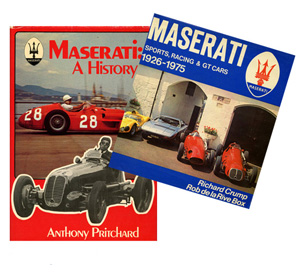 Pre War Racing Cars
Pre War Racing Cars
The Tipo 26 was followed by a series of cars with a variety of cylinders and displacements. The 8C 1100, 1500, 2500, and 3000 were similar cars with different displacements. The 4CM (4 cylinders, Monoposto), was built in small numbers with 1100, 1500, and 2500 cc. The Tipo V4 was a four liter 16 cylinder and the Tipo V-5 was a supercharged V-16, of 5 liters. A six cylinder engine, (6CM) was used in 1934. Four V-8 cars were built for the 1935 season.
Like Alfa Romeo, however, the Maserati brothers could not compete with the government-funded efforts of Mercedes Benz and Auto Union in the latter half of the 1930s. This was offset, perhaps, by Wilbur Shaw’s two victories (1939 and 1940) at Indianapolis behind the wheel of an 8CTF Maserati.
Segue to OSCA
After the war, the brothers Maserati sold all the assets, including their now-famous Maserati name, to Aldolfo Orsi. Within two years, the Maserati brothers would again be building racecars, this time under the name of OSCA. The three brothers thrived once again, and lived long and productive lives. Ettore died in 1990 at the age of 96, Ernesto passed away in May of 1975, and Bindo didn’t even retire until he was 84.
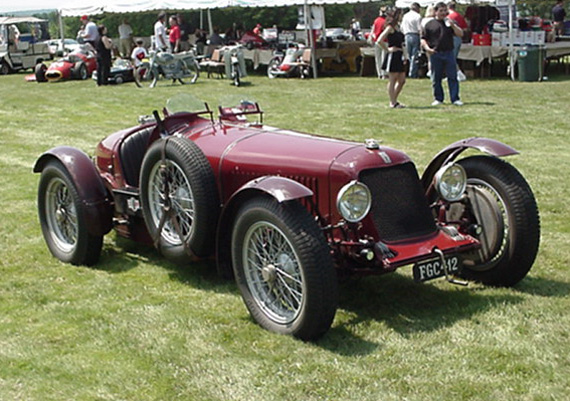
The predecessor of the 8CM was the 8CM 3000; this one claims to being chassis number 3002. Vack photo.
The Maserati 8CM
The Maserati brothers built race cars with four, six, V16 and V8 configurations, but began in 1926 with the 1500 cc straight eight Type 26. The eights evolved, the 26B was a 2 liter, the Tipo 8C-1100 of 1929 were linered down Type 26 2 liters and was followed by the more refined 8C1500 and the 8C2500 and the hybrid 8C 3000.This wealth of experience culminated in the 8CM, first produced in 1933. It was Maserati’s first true Grand Prix car, designed with the new 750 kg formula in mind. A 69 mm x 100mm bore and stroke, 2992cc displacement, 260 hp at 5800 rpm via a supercharger produced a maximum speed of about 144 mph.
Miracle Year of 1933
Despite reports of ill handling, Freddie Zehender drove the new Maserati to third place in its maiden event at Tunis. Tazio Nuvolari, having formed a team and purchased an 8CM, won the Belgian GP, the Coppa Ciano, and the Nice GP with the 8CM in 1933; his countryman and friend Giuseppe Campari took first at the French Grand Prix with another 8CM. Alfa Romeo had temporarily withdrawn from racing, and the new P3 was not ready for the 1933 season; from Bugatti, the Type 59 was not quite as successful as Ettore had hoped. The Maseratis had the year to themselves, a situation that would change radically in late 1934 with the loss of Nuvolari to Alfa and the appearance of the Mercedes-Benz and Auto-Union GP cars.
Results 1933 of major events for the 8CM as listed by Anthony Pritchard, Maserati, A History, Arco Publishing, 1976
March 26 Tunis Grand Prix Zehender, 3rd
April 23 Monaco Grand Prix Fagioli, Retired
May 7 Tripoli Grand Prix Birkin 3rd
June 11 French Grand Prix Campari, 1st
July 9 Belgian Grand Prix Nuvolari, 1st
July 16 Coppa Ciano Nuvolari, 1st
August 6 Nice Grand Prix Nuvolari, 2nd
September 10 Italian Grand Prix Nuvolari, 2nd
At the time, it was the intent of the Maserati brothers not to establish and maintain their own race team. Therefore most if not all of the 18-odd 8CMs built were sold to private individuals (although it is often reported that Nuvolari drove ‘factory cars’).
According to Richard Crump (Maserati Sports, Racing and GT Cars 1926-1975) between March 1933 and July 1934 the factory constructed 8CM chassis 3003 to 3022 inclusive; 3003 was an engine only and reported to have been installed into a Bugatti chassis. This list was update more recently by the barchetta site. There seems to be an absence of chassis 3017, perhaps because the brothers, according to Crump, ‘had an unaccountable dislike for the number [17].”
The Maserati Chassis number site still can be seen at http://www.barchetta.cc/english/All.Maserati/Summary/Maseratis.Overview.htm, but appears not to have been updated recently. We have obtained the below results largely from that site.
The vast majority of the 8CMs built still exist and a few appear regularly in events around the world. Below, seven of the of the famous 8CMs as photographed by Hugues Vanhoolandt.
Maserati 8CM 3005
3005 was first purchased by Raymond Sommer, then went to Tazio Nuvolari, then to Piero Taruffi, who wrote in autobiography Works Driver, “My friends and I clubbed together and bought a straight-eight monoposto Maserati..” Taruffi found that the frame needed reinforcements and the brakes “could have been more powerful”. He placed third at the 1933 Coppa Acerbo and crashed at Monza before selling the car to an enthusiast in South Africa. Seen here at the Louwman Museum.
Maserati 8CM 3006
3006 was bought in 1933 by Goffredo Zehender of Paris and he participated in the Grand Prix of Tunis, Italy and Tripoli placing third in two events and retiring in the third. In 1934 he took 3006 to a credible 7th place at the Nurburgring for the Grand Prix of Germany. Photographed at Pebble Beach, 2010.
Maserati 8CM 3009
3009 was the running mate of 3015, both purchased by Nelly Braillard of Paris for Braillard & Brunet and Ecurie Braillard. In 1934 and 1935 it was driven quite successfully in over 13 races by Braillard drivers Benoit Falchetto and Robert Brunet before being sold to Luigi Soffietti. It was restored by Sean Danaher in 2000. Photographed at the Goodwood Revival, 2010.
Maserati 8CM 3011
3011 is the other Maserati that was the subject of an entire book by Denis Jenkinson. 3011 was purchased by Whitney Straight, painted in white and blue (U.S. racing colors) and in 1934 he garnered victories at Brooklands and Donington, as well as placing well in major races at Casablanca and Comminges. It passed eventually to Richard Seaman and B. Bira who extended its winning ways until after WWII. Peter Giddings owned and raced the car until 2008, when it was black, and with a new owner, in blue.
Maserati 8CM 3013
3013 was purchased by Earl Howe in 1934 and had a very active life. In 1934 Howe participated in the GPs of Monaco, Tripoli, Internationales Avus-Rennen, Berlin, British Empire Trophy, Brooklands, GP of Dieppe, Coppa Acerbo, Nice, and the Swiss GP. It then went to an Englishman by the name of George Cholmondley ‘Chumley’ Tapper, who placed tenth with the car in the 1936 GP of Germany at the Nurburgring. It was saved during WWII by Arthur Hyde and went on to an illustrious vintage racing career. Here at Goodwood, 2011.
Maserati 8CM 3018
3018 was Tazio Nuvolari’s 1934 car in which he raced at GP Penya Rhin, Barcelona, GP de la Marne, GPs of Germany, Coppa Ciano, Coppa Acerbo, Nice, and Bern. It was crashed and became the first 6C/34. The steering gear was removed from the chassis and sold to Ecurie Braillard and installed into chassis 3015. Seen at Retro, 2009
Maserati 8CM 3020
3020 is not well known; sold to Jose de Villapadierna in 1934, then to Ultrig Maag from Hesselberg and finally to Fred Zambucka, NZ. Seen at the Goodwood Revival, 2008.
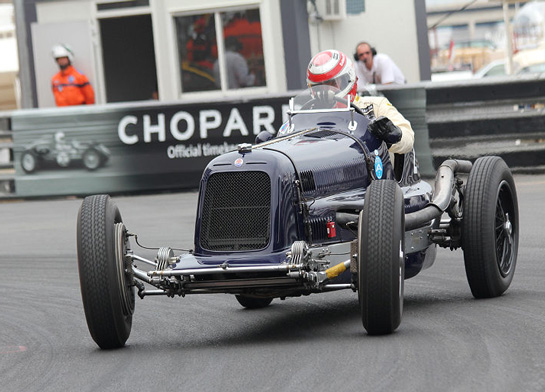
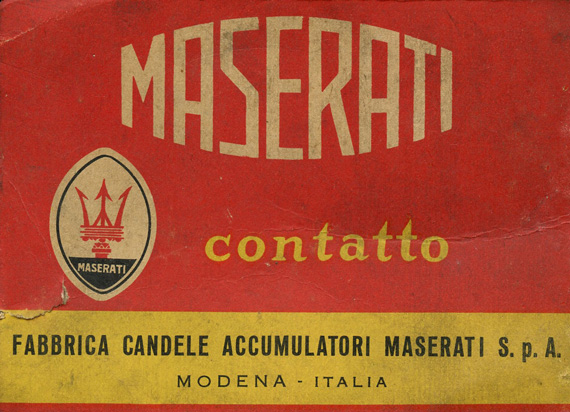
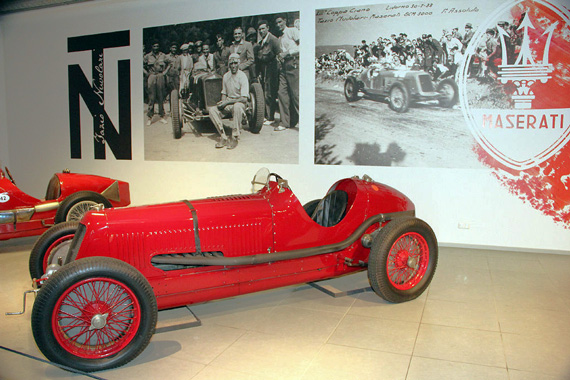
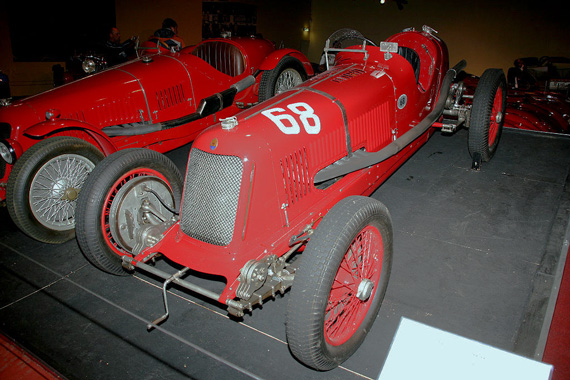
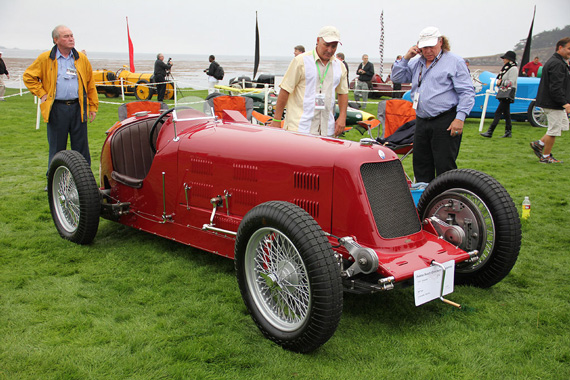
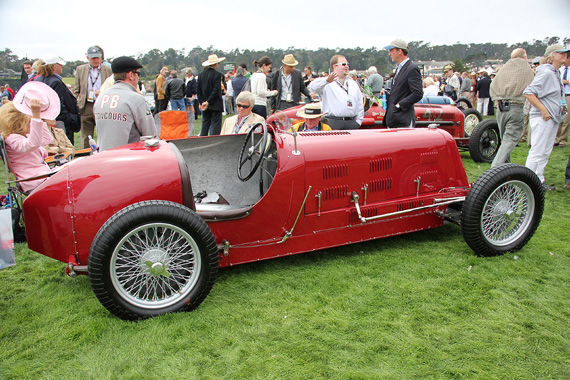
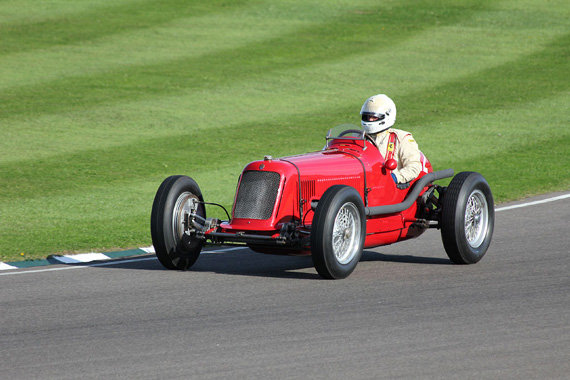
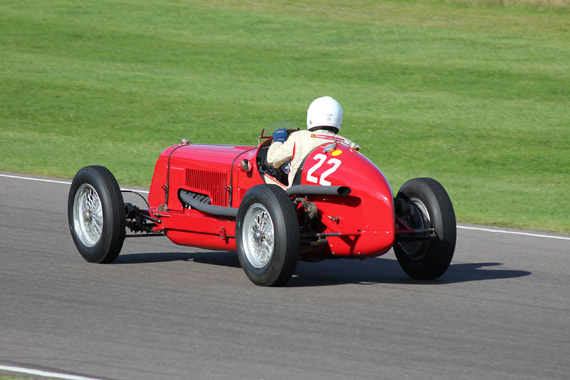
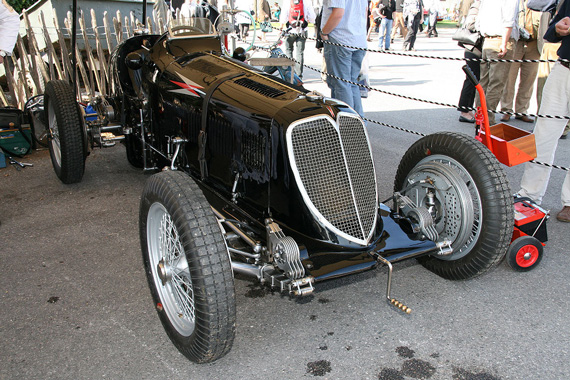
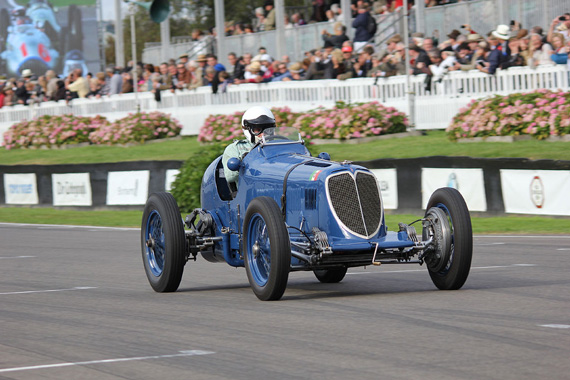
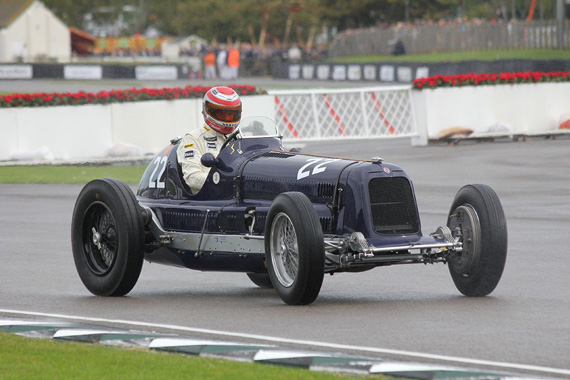
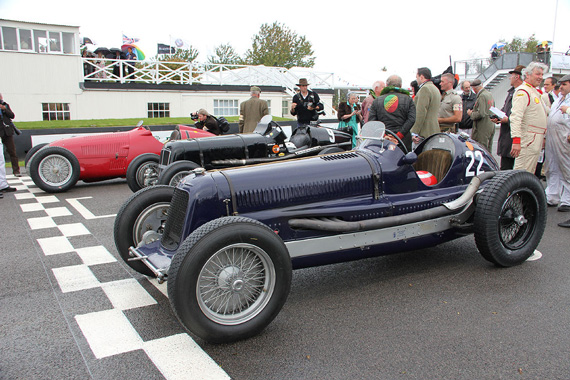
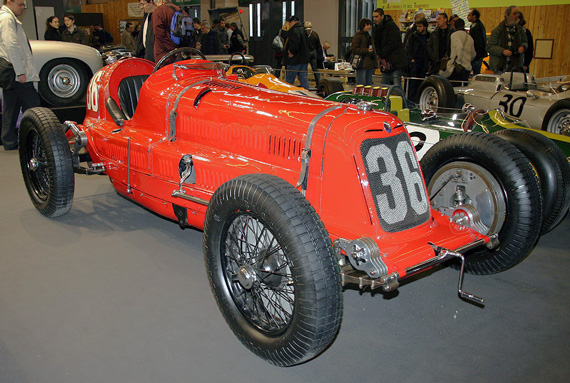
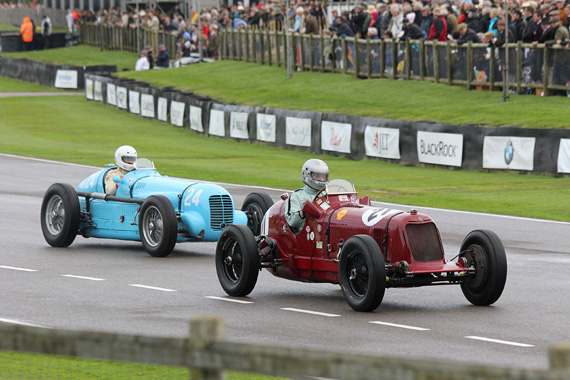
Maserati-inclined readers may find interesting the chapters devoted to these great cars in my book, “Italian Racing Red”. Among other facts it relates that circa 1938 businessman Adolfo Orsi obtained a controlling majority of the shares of the Maserati brothers’ company, with Corrado Filippini the intermediary. They agreed to work together for a decade.
Liked the article letting us know these cars are still around.
Years ago I bought ‘Chumley’Tapper’s book Amateur Racing Driver published by Foulis Ltd,this contained his exploits with 3013.From memory the Brakes & Chassis were problematicalhowever the latest owners appear to have solved these.
Hallo Maserati Freunde
Suche ein chassis von 1928 – 1932
Kann mir jemand bei diesem Projekt behilflich sein.
Sollte doch möglich sein.
Vielen Dank und auf bald.
Euer Kuonen Armin